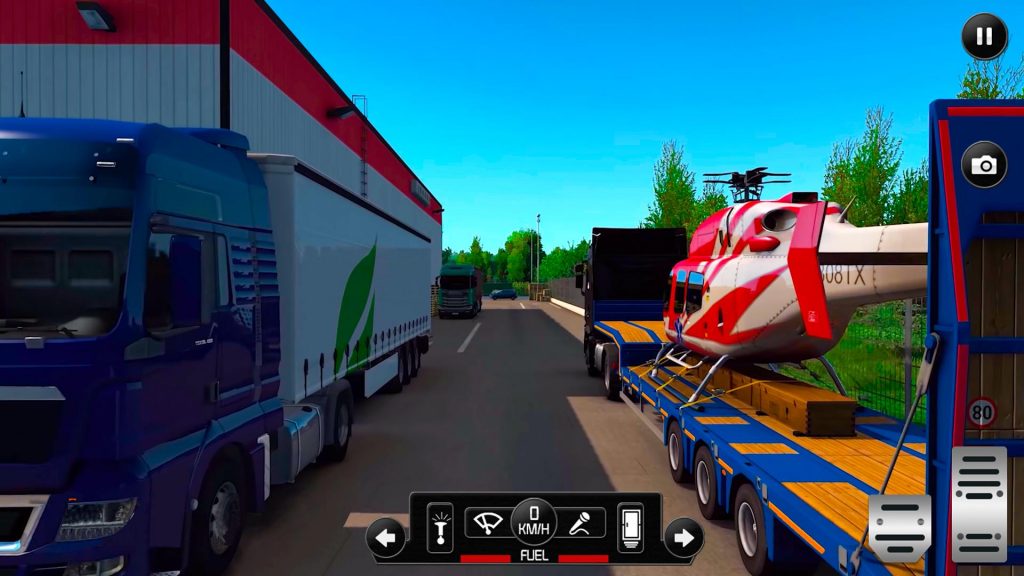

The vehicle reached speeds up to 30 kilometres per hour (19 mph) with the support of an elevated rail. The first semi-automated car was developed in 1977, by Japan's Tsukuba Mechanical Engineering Laboratory, which required specially marked streets that were interpreted by two cameras on the vehicle and an Analog computer. Main article: History of self-driving carsĮxperiments have been conducted on automated driving systems (ADS) since at least the 1920s trials began in the 1950s. 10.3 Legislation and regulation in Japan.2.1 Terminology and safety considerations.In China, two publicly accessible trials of robotaxis have been launched, in 2020 in Shenzhen's Pingshan District by Chinese firm AutoX and in 2021 at Shougang Park in Beijing by Baidu, a venue for the 2022 Winter Olympics. In February 2022, Cruise became the second service provider to offer driver-less taxi rides to the general public, in San Francisco in the US. In December 2021, Mercedes-Benz became the second manufacturer to receive legal approval for a Level 3 car complying with legal requirements. Nuro has been allowed to start autonomous commercial delivery operations in California in 2021. In March 2021, Honda became the first manufacturer to provide a legally approved Level 3 car, and Toyota operated a potentially Level 4 service around the Tokyo 2020 Olympic Village. In December 2020, Waymo became the first service provider to offer driver-less taxi rides to the general public, in a part of Phoenix, Arizona. The SAE levels can be roughly understood as Level 0 - no automation Level 1 - hands on/shared control Level 2 - hands off Level 3 - eyes off Level 4 - mind off, and Level 5 - steering wheel optional.Īs of March 2022, vehicles operating at Level 3 and above remain a marginal portion of the market. Īutonomy in vehicles is often categorized in six levels, according to a system developed by SAE International (SAE J3016, revised periodically).

Advanced control systems interpret sensory information to identify appropriate navigation paths, as well as obstacles and relevant signage. Self-driving cars combine a variety of sensors to perceive their surroundings, such as thermographic cameras, radar, lidar, sonar, GPS, odometry and inertial measurement units. Roborace autonomous racing car on display at the 2017 New York City ePrixĪ self-driving car, also known as an autonomous car, driver-less car, or robotic car ( robo-car), is a car incorporating vehicular automation, that is, a ground vehicle that is capable of sensing its environment and moving safely with little or no human input.


 0 kommentar(er)
0 kommentar(er)
